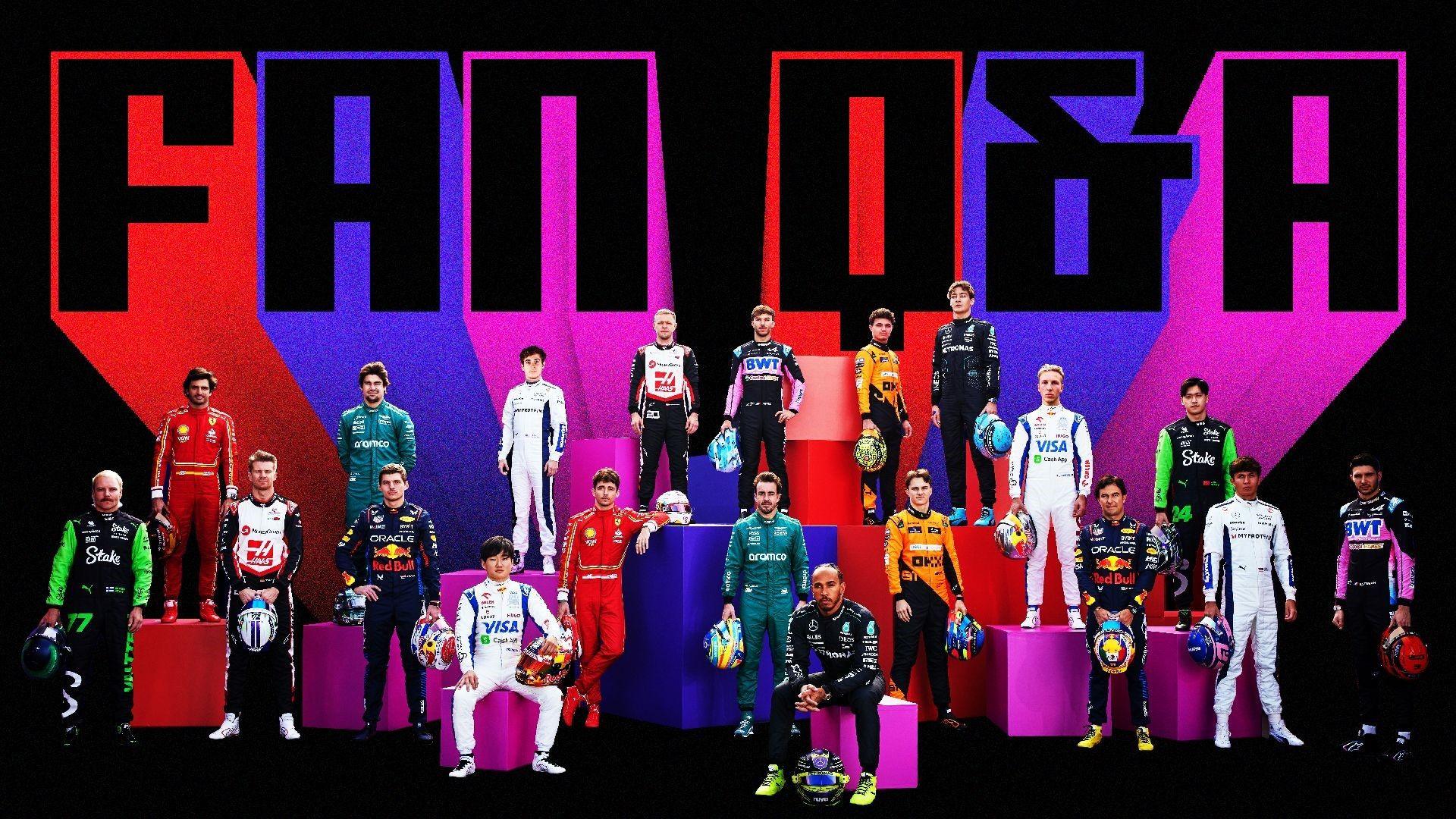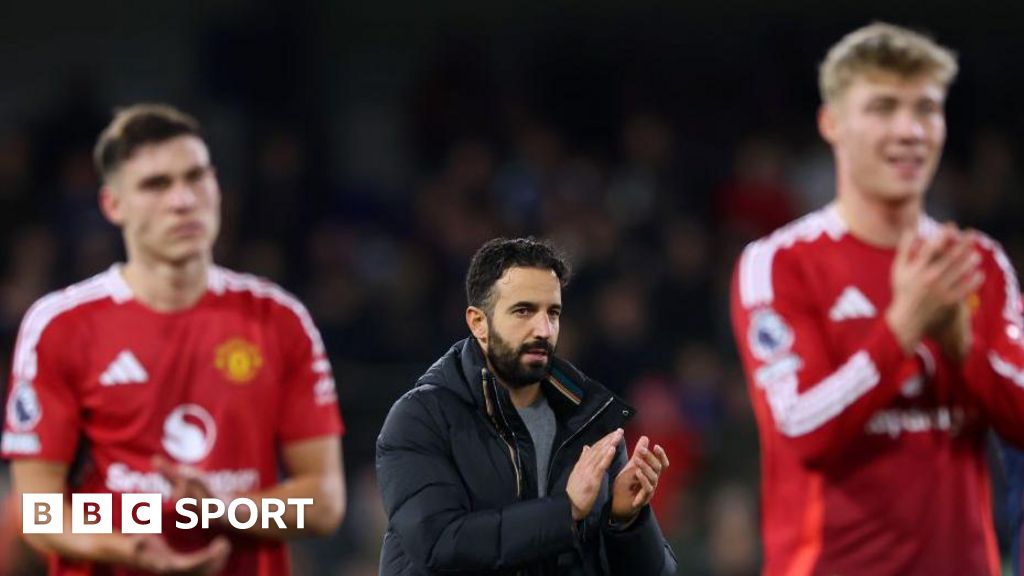ARTICLE AD BOX

The gap between Max Verstappen and Lando Norris has been reduced to 47 points after a thrilling Mexico City Grand Prix, which was won by Ferrari's Carlos Sainz.
Verstappen was given two 10-second penalties following incidents involving Norris, but he managed to finish sixth overall.
Norris was trailing in third for the majority of the race before passing Charles Leclerc to finish second.
BBC F1 correspondent Andrew Benson answers your questions after an action-packed grand prix.
With the drivers guidelines being revised, why has it taken this long to review them considering Verstappen’s conduct in the 2021 season? – Olly
The current guidelines came out of a request from the drivers for an improvement in policing of racing incidents, and were aimed at trying to create greater consistency of application.
They were not specifically created in relation to Max Verstappen’s driving.
Approving such items is a long process that passes through many levels of the FIA, and requires final approval from the world motorsport council.
For example, while the drivers and the FIA discussed amending the guidelines in Mexico City on Friday, the new draft will be available for the drivers to consider only at the Qatar Grand Prix in a month’s time.
It is worth mentioning that the current guidelines have not technically been formally approved by the drivers.
In fact, the rules were shown to the drivers but they said at the time that, rather than focus on the wording, they would prefer to focus on the people executing the rules.
That was because they felt the previous ones were fine, but were being applied in an inconsistent manner.
Now, the situation is different - the drivers had a problem both with the guidelines themselves and their application.
They feel the current rules leave a grey area that permitted the type of defence Verstappen employed against Lando Norris in Austin - hence the meeting in Mexico that led to a request for the guidelines to be amended.
Are the driving standards in F1 as bad as they've ever been? - Paul
On balance, it is probably the case that driving standards in F1 are as high as they have ever been.
There are a large number of world-class drivers in F1, and by and large they all race fairly up to the limit of the regulations.
Some drivers will always test the limits of the rules, and what is considered acceptable. Ayrton Senna did it, Michael Schumacher did it, and now Max Verstappen is doing it.
Verstappen's defensive driving was seen against Norris in Austin. Brake late on the inside to ensure you are ahead at the apex, and get no penalty for taking both cars off track because technically no rule has been broken.
But the incident in Austin has proved a watershed. The drivers have asked for the guidelines to be changed accordingly.
It is not entirely clear, though, whether the stewards, still operating to the current guidelines, took a more severe line with Verstappen in Mexico as a result of this.
Mercedes team principal Toto Wolff said he thought that was the case, but the stewards’ verdicts there gave different reasoning to the one in Austin. And that’s because the incidents in Mexico were slightly different in character, in that while in Austin Verstappen was ahead at the apex, in Mexico Norris was.
Will Russell have an updated car for Interlagos or will Mercedes still not have replacement parts? – K Raj
Mercedes are in a bit of a spot right now for two reasons - the number of big crashes their drivers have been having, and their uncertainty over whether their latest upgrade package has introduced an instability into the car.
In fact, the two issues may be related - it seems possible that George Russell’s crashes in Austin and Mexico may have been caused by this instability, and likewise Lewis Hamilton’s offs in Austin, in practice and the race.
The amount of damage - also including Andrea Kimi Antonelli’s big crash in practice in Italy - is causing Mercedes a two-pronged problem - lack of spare parts and expense.
They are now pushing hard up against their cost-cap limit. Team principal Toto Wolff said the need to give Russell a brand new chassis after his crash in Mexico was "a tremendous hit under the cost cap and we probably have to dial down on what we put on the car".
Wolff said after the Mexico race on Sunday that in Brazil this weekend they would have two versions of the new floor that was introduced in Austin "but that’s basically it".
As for the specification in which the cars will run in Brazil, and whether the latest issues might persuade them to abandon the new floor and revert to a previous specification, Wolff said: "I am open-minded about what the drivers think.
"I am certain George will go for the new and Lewis may want to back-to-back the old floor now in Brazil, and we will certainly talk with him about what his preference is."
Why is the driver in pole position at the start on the left side of the track even when the first turn is to the right? – John
In Mexico City, pole is on the left because that is the racing line, and quite often that is considered to be an advantageous position, despite it being on the outside on the approach to the first corner.
That’s because the racing line normally has more grip than the inside line, because it is driven on all weekend, so it is cleaner and has more rubber laid down. In theory, the driver on pole should be able to make a better start than the one in second, with all other things being equal.
This approach really goes back to the 1990 Japanese Grand Prix and the controversial crash between Ayrton Senna and Alain Prost at the first corner.
Senna and Prost were disputing the title at that race. Senna qualified his McLaren on pole, with Prost’s Ferrari second.
The FISA (as the sporting arm of the FIA was known back then) had put pole on the right - the inside line. Senna asked for it to be moved to the grippier outside line, but then-FIA president Jean-Marie Balestre refused.
This angered Senna, who already believed Balestre had interfered to ensure Prost won the 1989 title after the two drivers had crashed together at the chicane in Japan the previous year, when they were McLaren team-mates.
Senna decided that if Prost beat him to the first corner, the Frenchman would not make it any further. Prost did get a better start, and Senna deliberately crashed into him, taking them both out.
To come back to the modern day, while it is more common for pole to be on the outside line, it is not always the case. In Belgium and Canada, for example, pole is on the inside.
Basically, pole is put on the side that is considered to be most advantageous for the driver who has qualified there.
If Colapinto keeps performing the way he has been for the rest of the season, surely he must get a seat for 2025, and is RB the most likely? – Kev
Franco Colapinto has impressed since he was drafted in at Williams to replace Logan Sargeant, who was dropped after the Dutch Grand Prix.
Having said that, Mexico was not Colapinto’s best race - he struggled in qualifying with oversteer and was quite a lot slower than team-mate Alex Albon, for the first time since his debut in Monza.
Most observers feel that the Argentine has shown enough to prove he deserves a seat in F1 next year. The problem is that there are not many seats available.
Williams cannot take him because they have already signed Carlos Sainz to partner Albon.
The only unconfirmed seats are one at Sauber/Audi alongside Nico Hulkenberg and one at RB alongside Yuki Tsunoda.
However, Sergio Perez’s position at Red Bull is under serious threat - again - after a series of poor performances.
Colapinto is under consideration at Sauber, although there are other candidates there, such as incumbent Valtteri Bottas and Formula 2 championship leader Gabriel Bortoleto.
And it seems Colapinto may now also be in the frame for the second RB seat - if Perez is dropped and Liam Lawson is promoted to Red Bull.
Are Ferrari now favourites for both titles next year? - Ed
Ferrari are certainly coming on strong in the final phase of this season, following an upgrade introduced at the Italian Grand Prix that has clearly been very effective.
Their one-three finish in Mexico, following their one-two in Austin, has moved them ahead of Red Bull into second in the constructors' championship and they are now only 29 points behind McLaren.
But just because a team finishes one season strongly doesn’t mean they will start the next one like that.
All the teams will be putting the lessons of this year’s cars into next year’s designs.
It will only be possible to know who has done the best job when the new cars run at the first race next year.
And as this year has proved, just because a team starts a season well, it does not mean they will necessarily continue that way.

 3 weeks ago
6
3 weeks ago
6








 English (US)
English (US)